Is Runner’s Face a Thing? Should you be concerned?
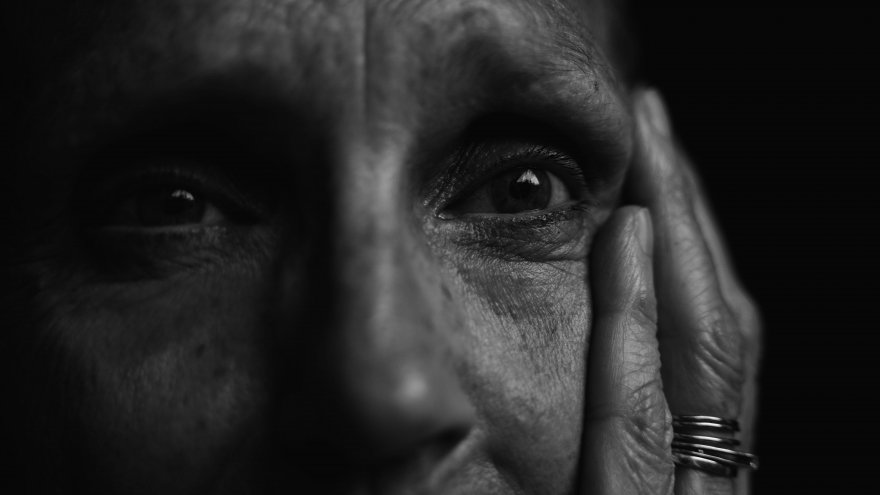
Running can provide you with so many benefits. For many of us, running helps one experience a boatload of positive effects, varying in degree and intensity but mostly all good things which can include cardiovascular conditioning, bone, and joint health, weight loss, muscle toning, along with a release of natural endorphins to help lift your spirits and your mood. Running can help you to feel stronger both physically and mentally.
Recently, however, there have been some, shall we say “fake news”, articles written mostly from some certain industry-specific companies in an attempt to target large groups of individuals in the running community. These articles discuss the supposed negative side effect of running that it can drastically make you look older and the phenomenon is called runner’s face. But, is runner’s face really a thing?
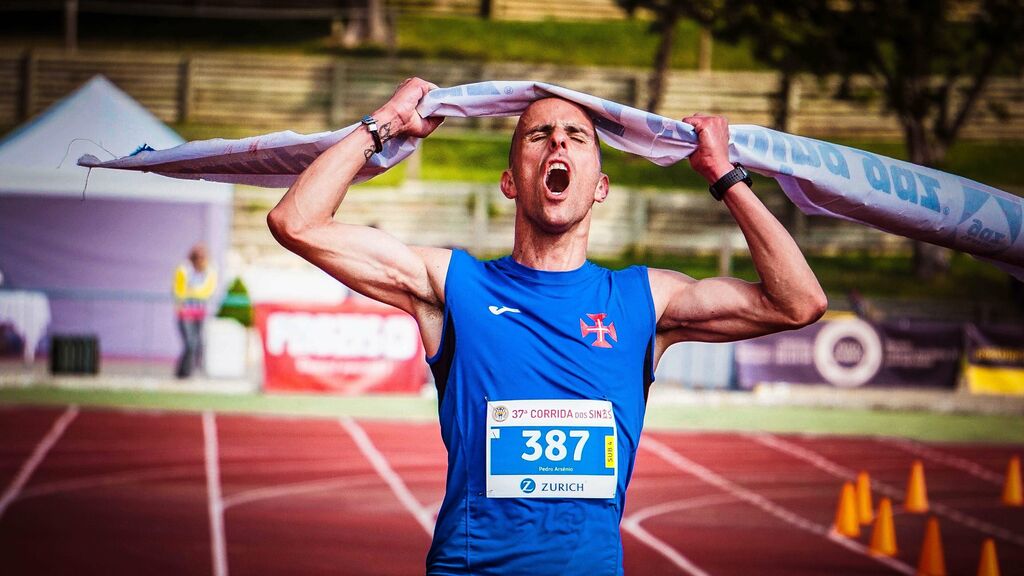
What is Runner’s Face?
It is believed to be a coined up term, from the beauty and skincare industry, that targets runners into believing that running is a cause for facial and skin changes. The term refers to both men and women runners, typically over the age of 40, and attribute running to the acceleration of skin aging and breakdown. It can best be described in that the face of a runner begins to look gaunt, even skeletal-like, with deep wrinkles due to the loss of fat, volume, and the increased risk of sun damage from hours outside.
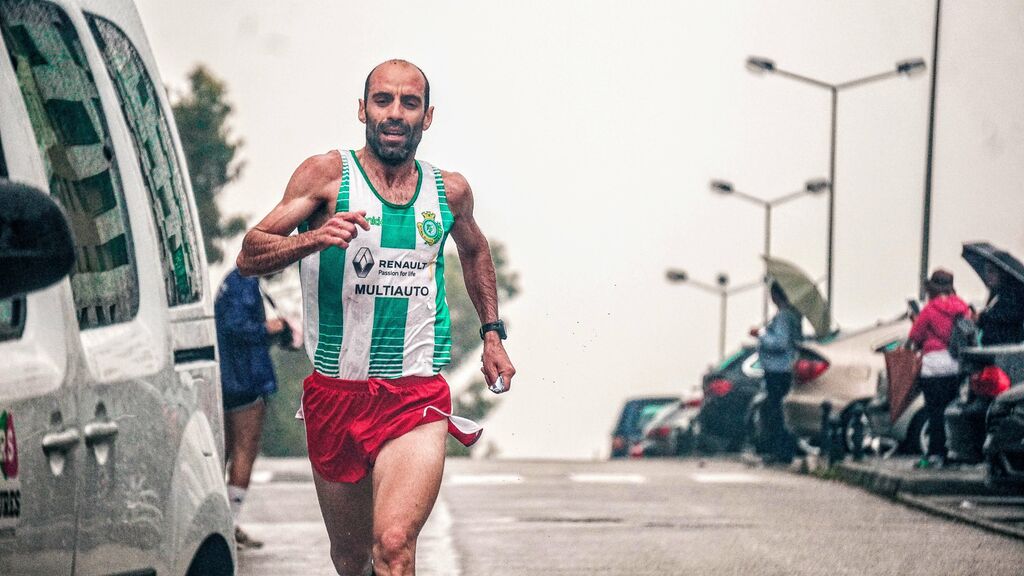
Good News: Runner’s Face is a Myth
Myth 1: Bouncing causes your face to sag.
Runner’s face is mostly thought to be from that of repeated high impact and bouncing while running, resulting in skin laxity of the face and ultimately leading to sagging skin.
The Truth: Facial sag is not a result of the motion of one’s face. In fact, it is due to the natural forces of gravity and regular aging, with most skin changes occurring at the cellular level. As with any form of exercise, weight loss can occur anywhere on the body including the face and neck which can cause the appearance of a skinnier looking face with pronounced cheekbones and sharper jawlines.
Myth 2: Running causes stress to your cells, damaging them.
Stress is thought to decrease the immune system and can lead to sickness and disease. It is thought that excessive running brings on stress to the body and can lead to a cellular breakdown.
The Truth: Running actually reduces the body’s stress hormone called cortisol. Running actually can help to improve your skin by keeping a younger, healthier glow due to improved circulation. Cells can regenerate better due to the efficient delivery of oxygen and nutrients to the skin while at the same time better circulation can help to minimize some skin conditions like eczema and psoriasis. Sweat from running is also a good thing as it acts as a natural moisturizer while also protecting us from harmful bacterias as it removes toxins out of the body.
Myth 3: You must buy expensive skincare products and perform invasive procedures to ward off runner’s face.
Skincare product sales and expensive treatments arise from using creative marketing focusing on sensationalized society standards to stay young and fresh-faced forever. The skincare industry may push to sell anti-aging creams, oils, and serums while plastic surgeons will often suggest Botox, cosmetic fillers, chemical peels to even more extreme surgical options.
The Truth: Runner’s face cannot have a cure-all with a magic cream, pill, or even more radical procedures. Healthy lifestyle choices such as proper nutrition, hydration, fitness regimes, and skincare protection are ultimately the best, and least costly, anti-aging treatments.
So while some skincare companies and plastic surgeons alike would love to sell you on the idea that running does indeed cause runner’s face or enhanced aging, the truth of the matter is, aging causes aging.
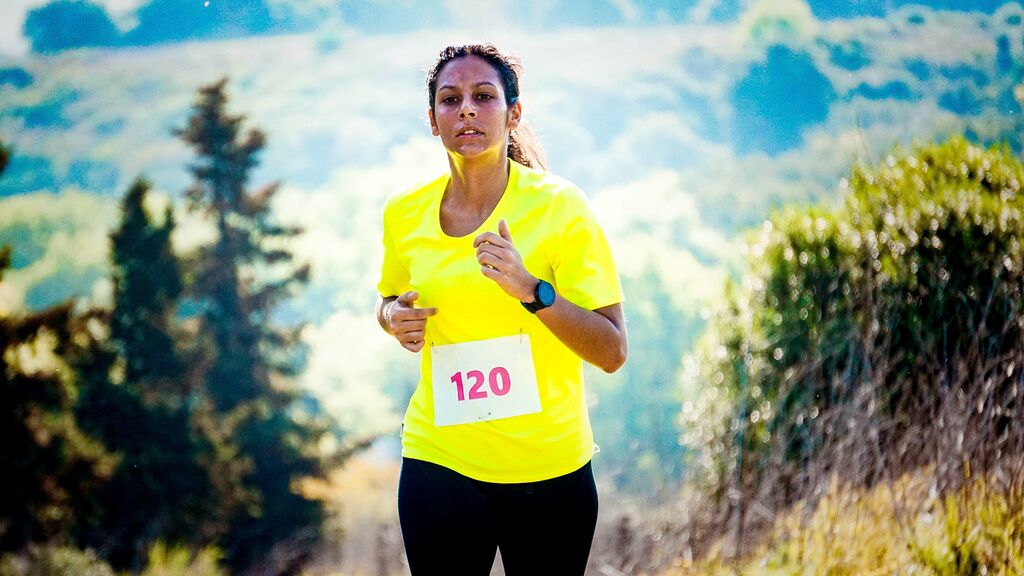
The sun and the environment are the true culprits.
There are many studies finding that the verdict in most skin and cellular damage is a result of under-protected, over sun-exposed skin and additionally environmental pollutants. Most dermatologists outright say that the signs of aging are predominantly from sun damage while gravity plays a less minor and minimal role.
Runners may experience enhanced aging skin more due to the fact of not being well protected while being exposed for extended periods of time while outside. Hats, UV protective sleeves, and sunscreen all play vital roles in protection for early aging.
Sunscreen is an absolute must and a quality one should be used to oppose all harmful UV elements as well as your own sweat. Overexposure to the sun can lead to many unwanted skin changes including uneven skin tone, dryness, wrinkles, and even worse pre-cancerous cells or ultimately skin cancer.
Aside from the harmful rays of the sun, air pollution, toxic elements in the environment and the use of make-up are also all secondary culprits leading to irritation and premature aging. This is due to oxidative stress which is made up of destructive elements carried in the oxygen from pollution and our body’s inabilities to ward them off. While many runners opt to run outside, this is a downfall of the sport and is somewhat out of our control.
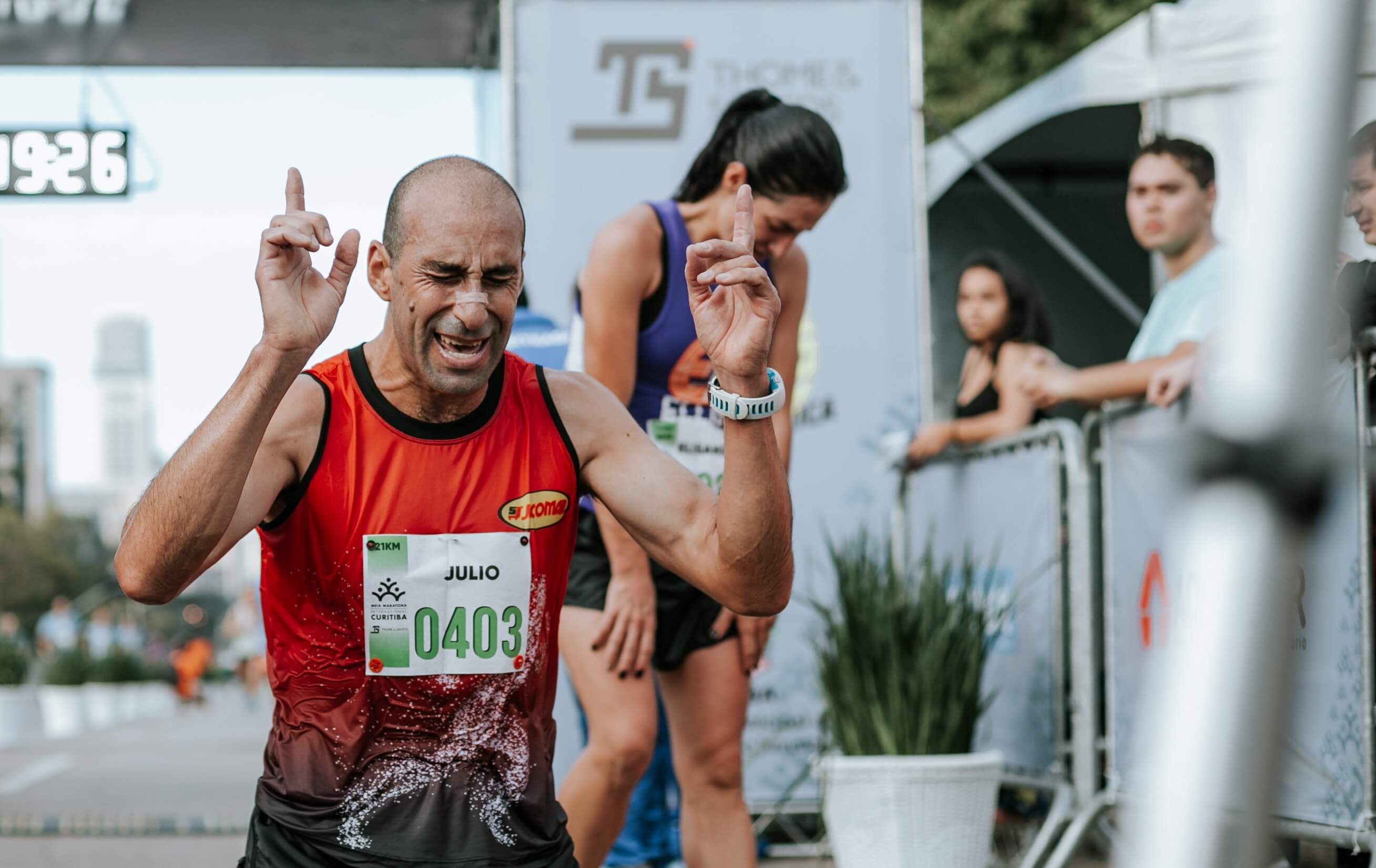
So go ahead a run, but protect yourself.
The truth of the matter is there really is no such thing as runner’s face. Runner’s face should be the least of your running worries. Run a few times a week, eat the right foods most of the week, drink your water, wear your sunscreen and cleanse your face daily and you will find that your face will age at a slower but natural rate.
Latest Articles
 Is Running on a Treadmill Easier Than Running Outside?Runners have their own preferences, whether it is treadmill running, running outside on the road, or exploring trails. So...
Is Running on a Treadmill Easier Than Running Outside?Runners have their own preferences, whether it is treadmill running, running outside on the road, or exploring trails. So... Is It OK to Use Trail Running Shoes on the Road?While trail running shoes can be used on roads, especially in situations where a runner encounters mixed terrains or pref...
Is It OK to Use Trail Running Shoes on the Road?While trail running shoes can be used on roads, especially in situations where a runner encounters mixed terrains or pref... How to Fix Sore Quads After Running?Rest, ice, gentle stretching, and over-the-counter pain relievers can help soothe sore quads after running. Also, ensure ...
How to Fix Sore Quads After Running?Rest, ice, gentle stretching, and over-the-counter pain relievers can help soothe sore quads after running. Also, ensure ... 10 Fruits With The Most Electrolytes to Replace Sports DrinksThese fruits are high in electrolytes such as potassium, magnesium, and calcium, essential for hydration, muscle function...
10 Fruits With The Most Electrolytes to Replace Sports DrinksThese fruits are high in electrolytes such as potassium, magnesium, and calcium, essential for hydration, muscle function...

